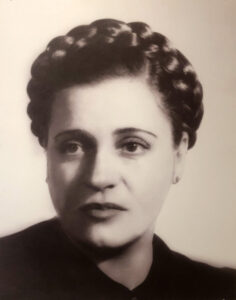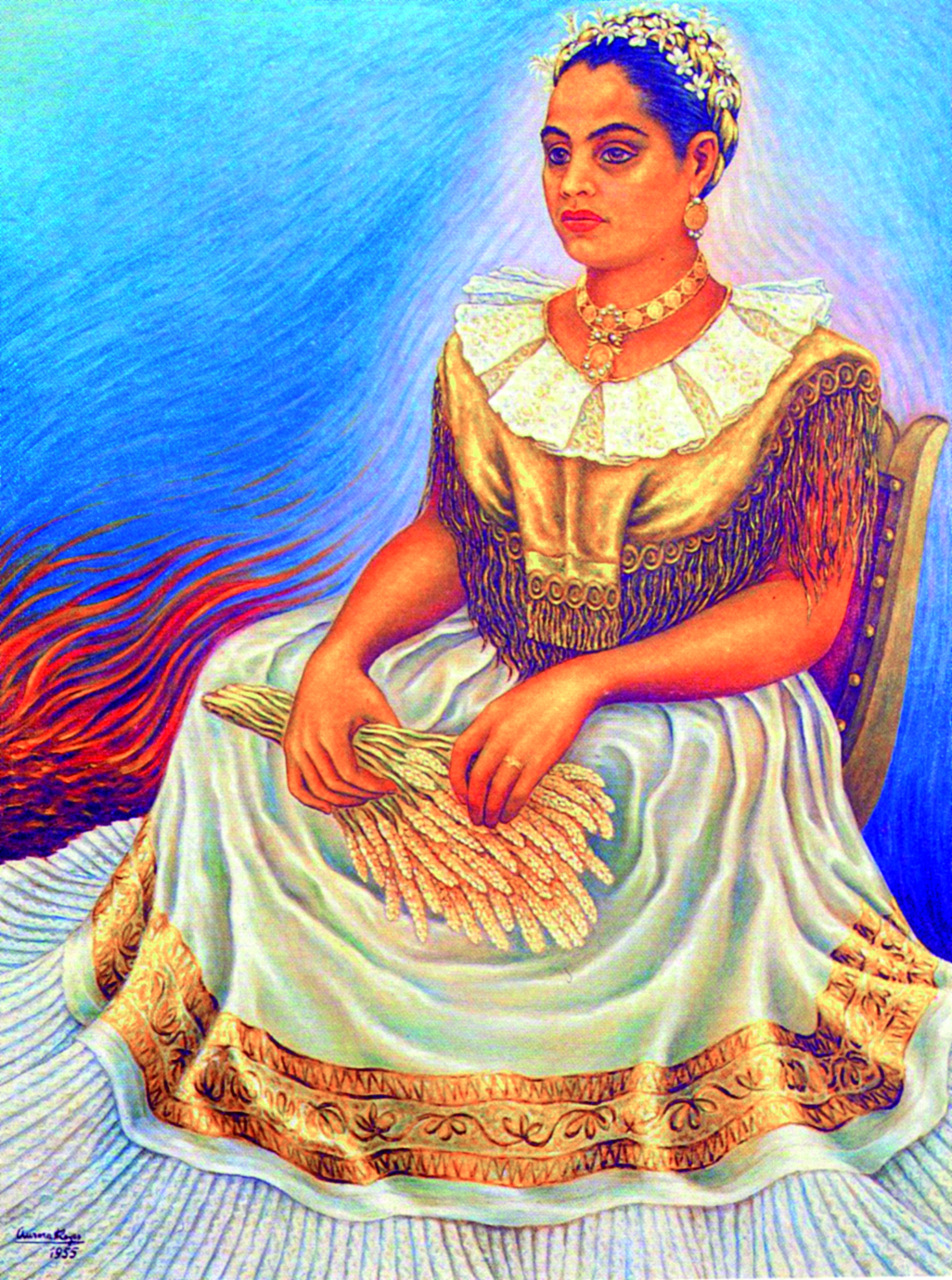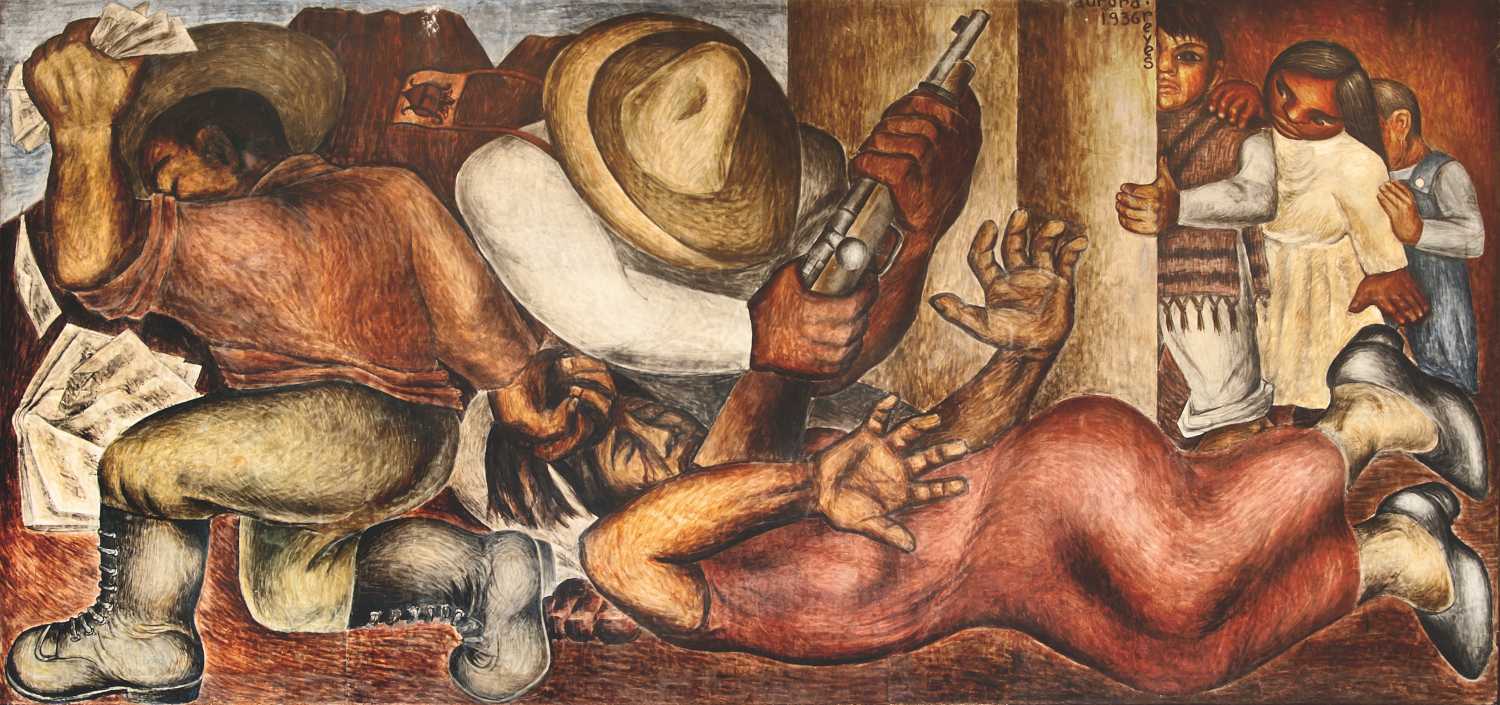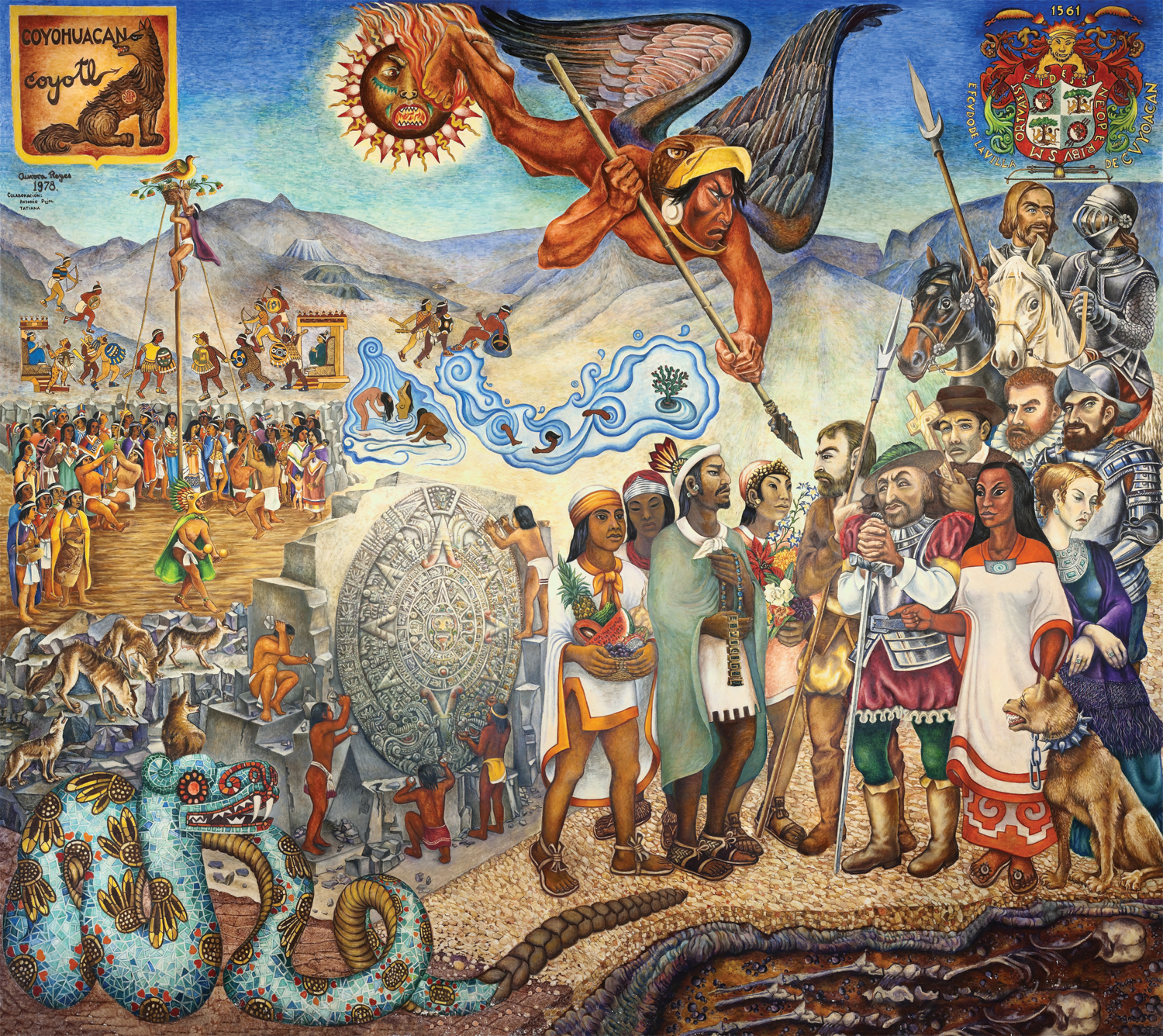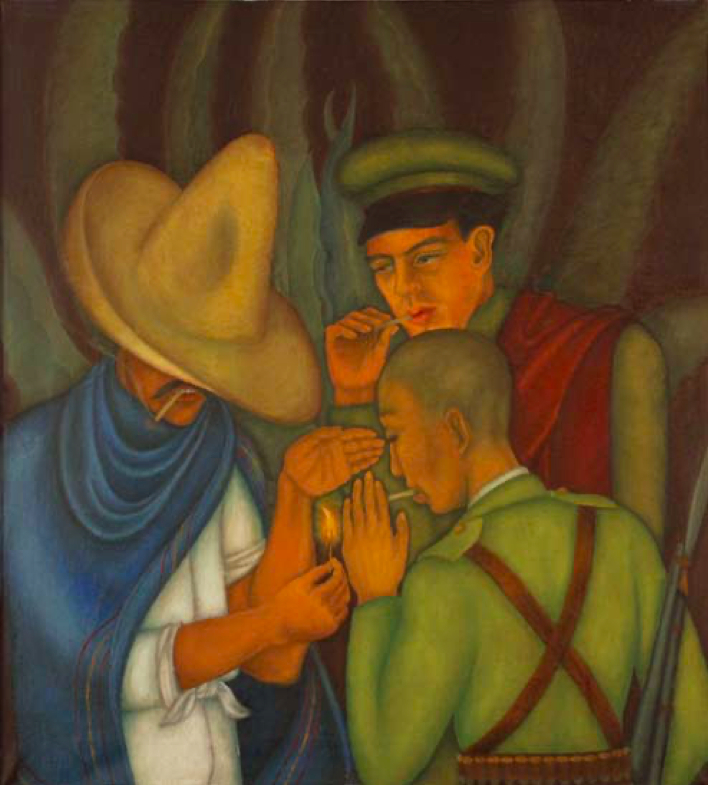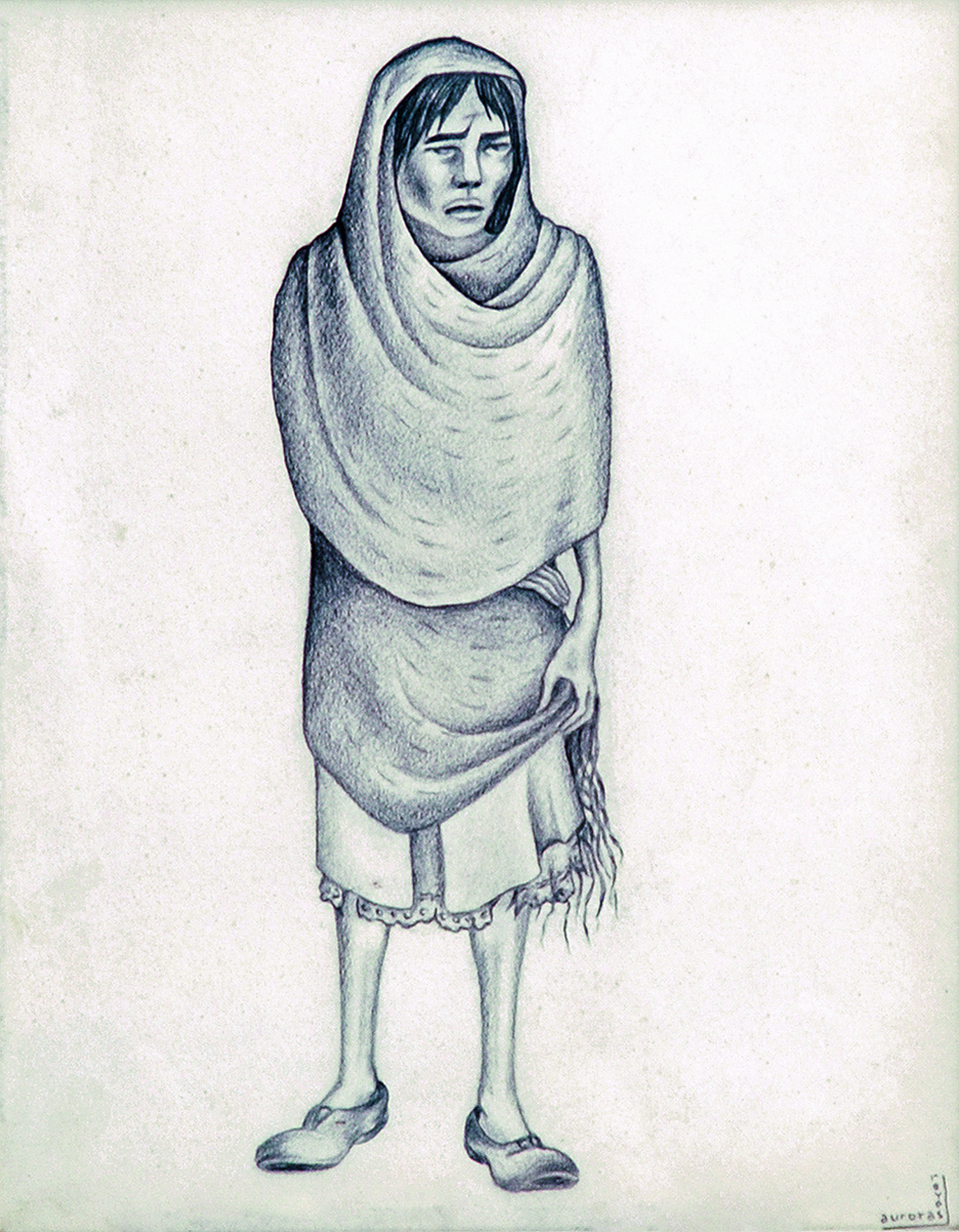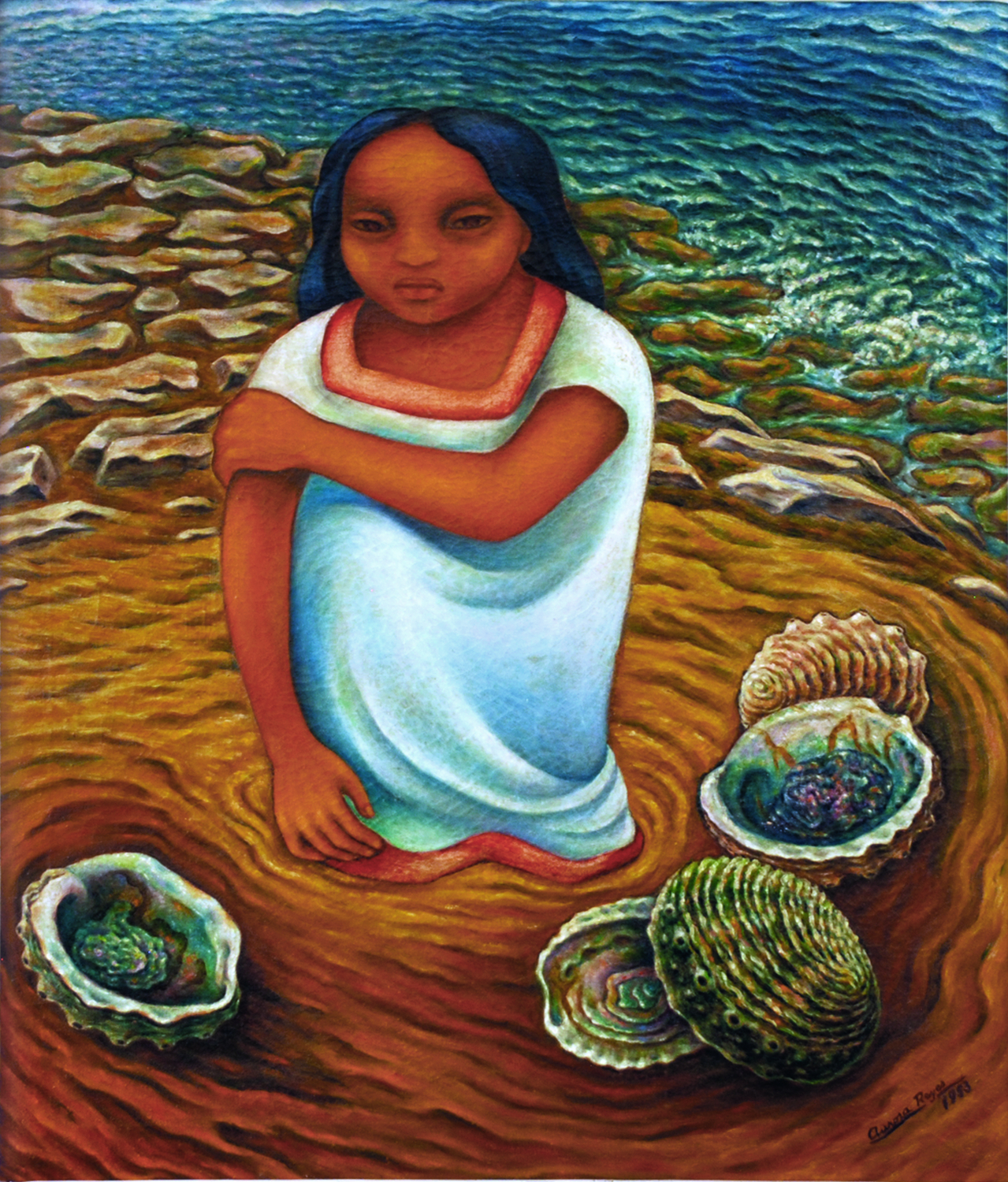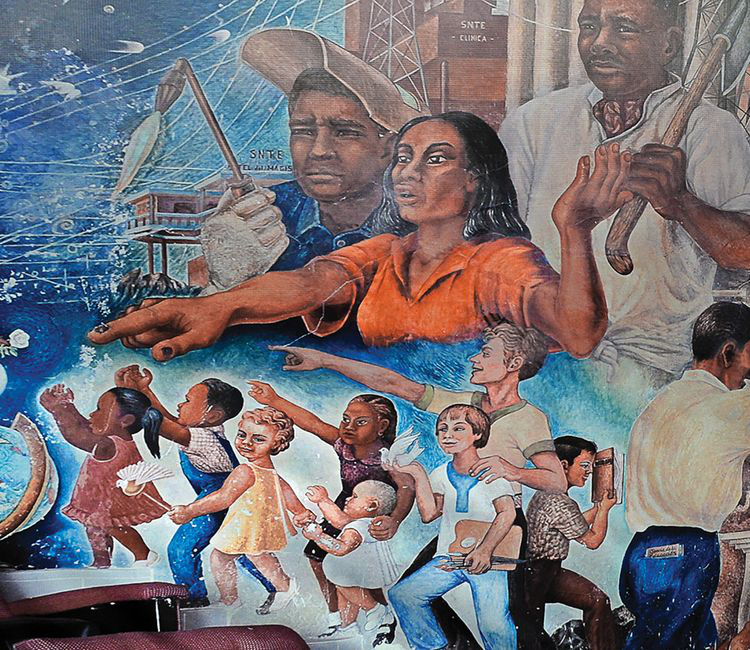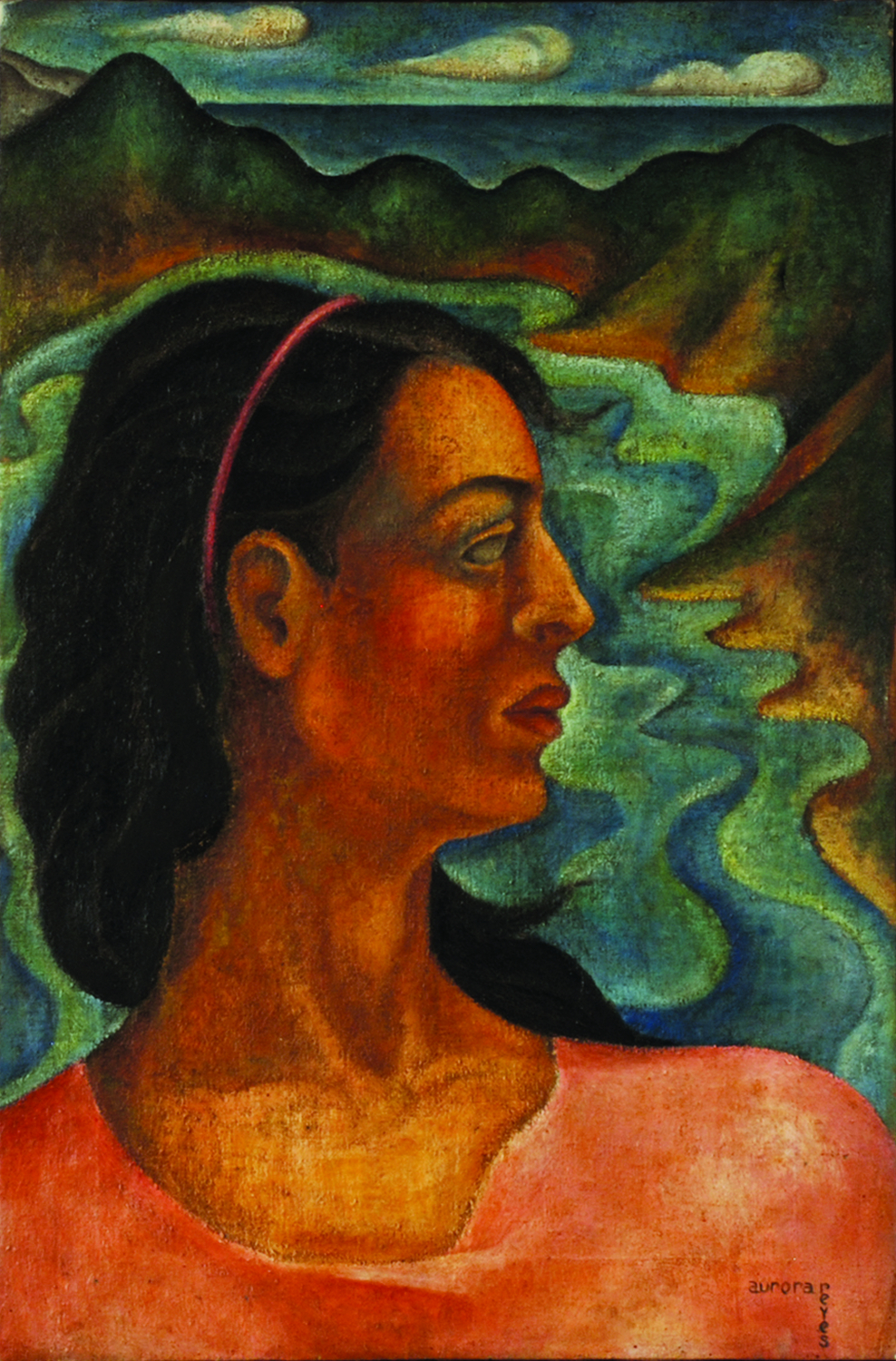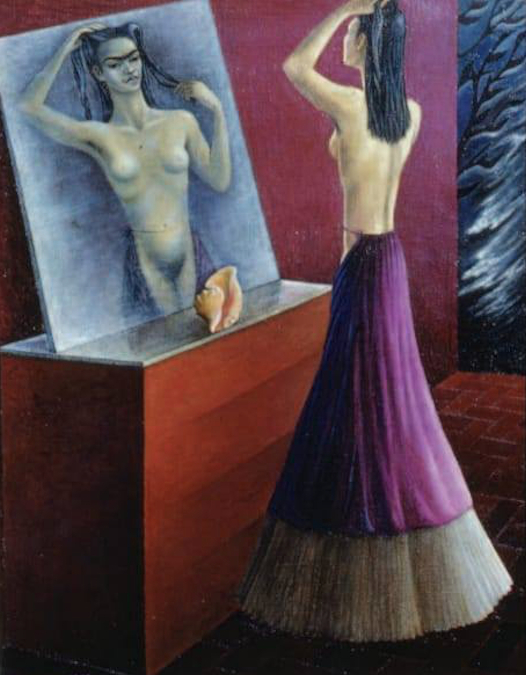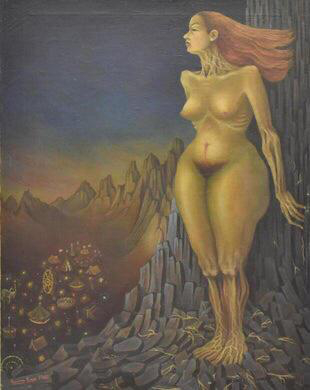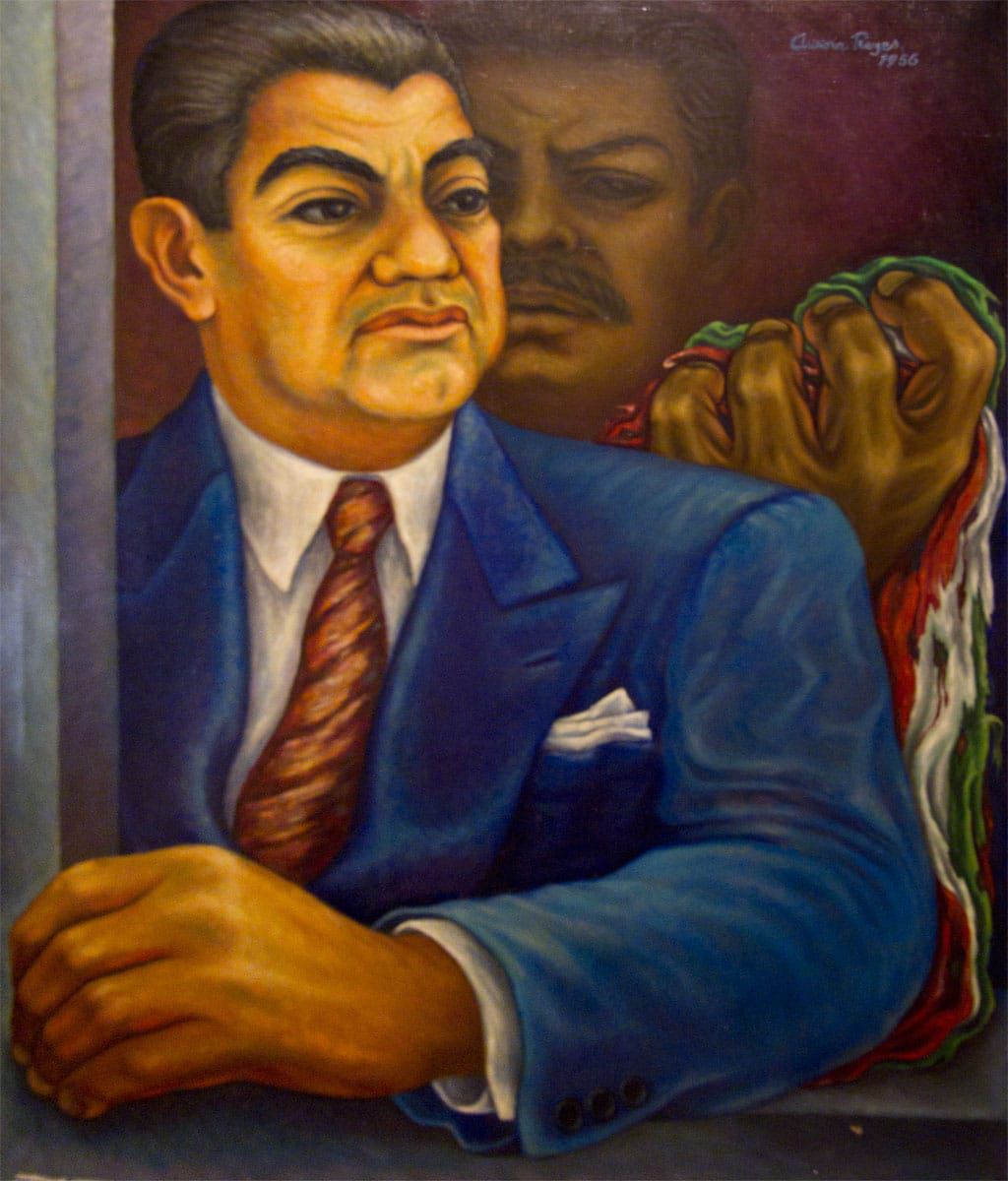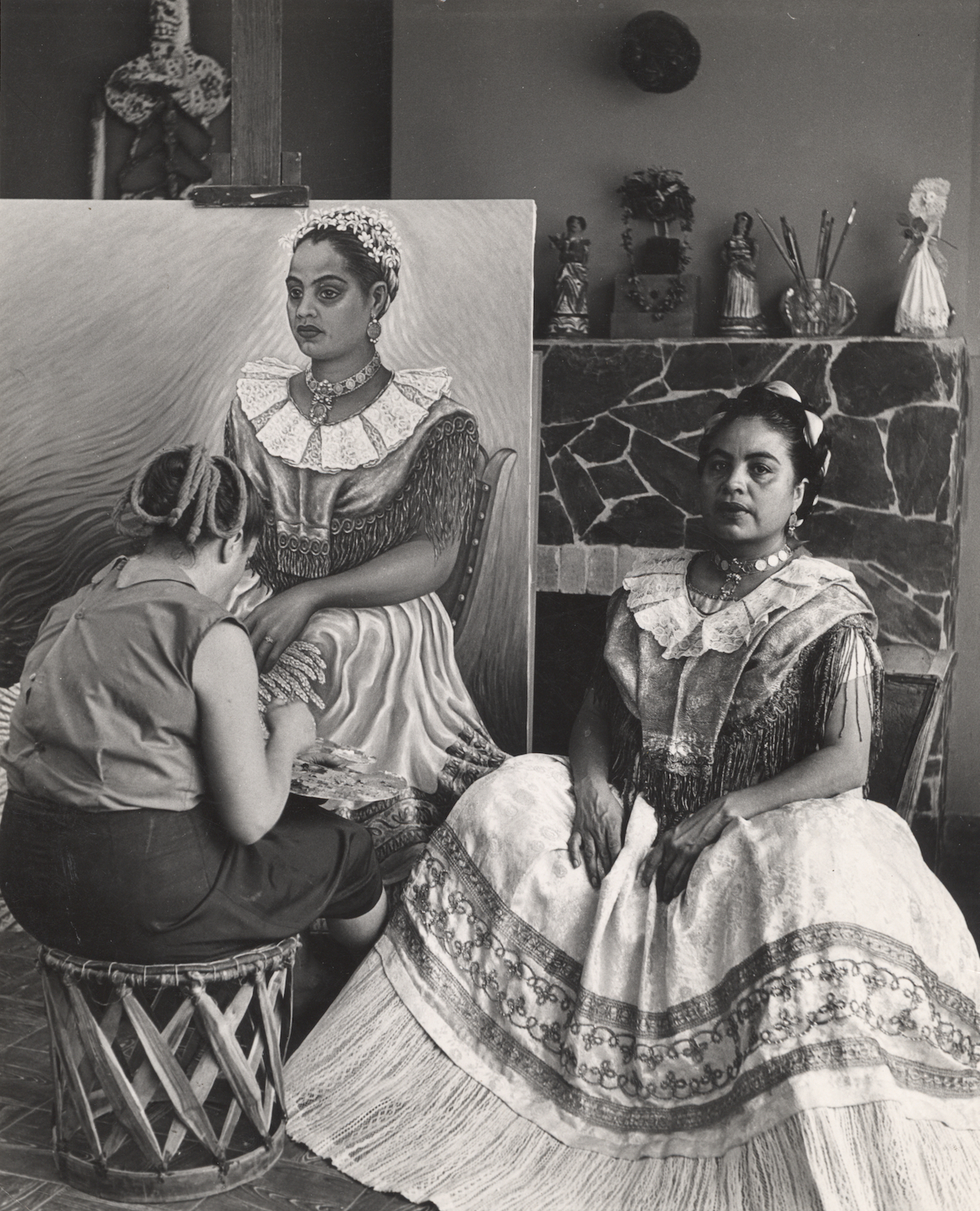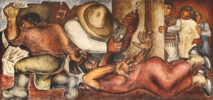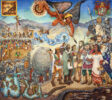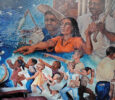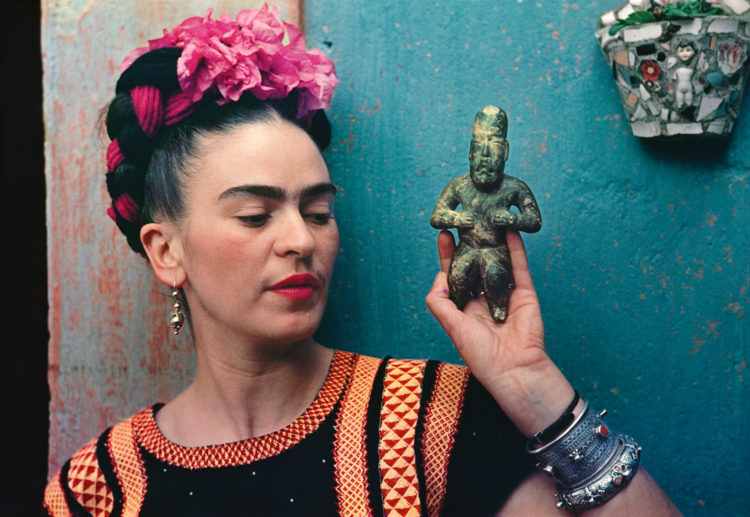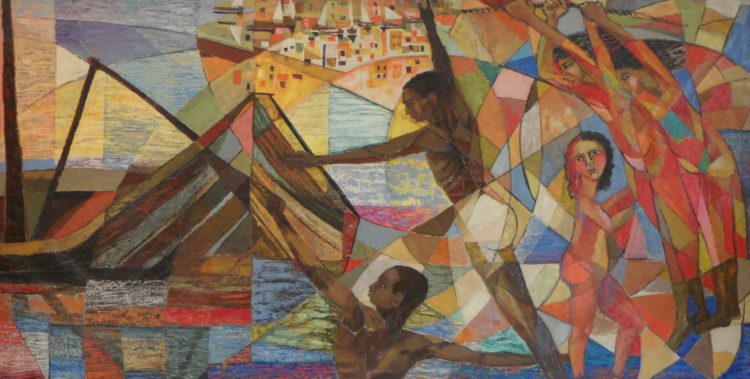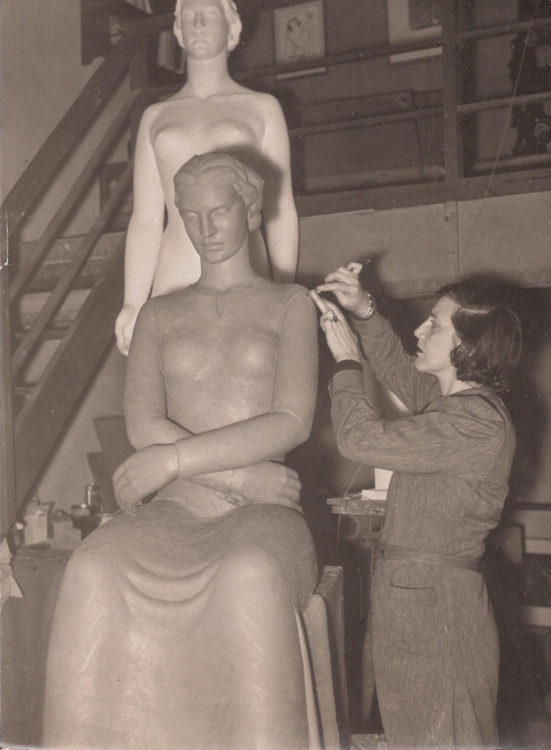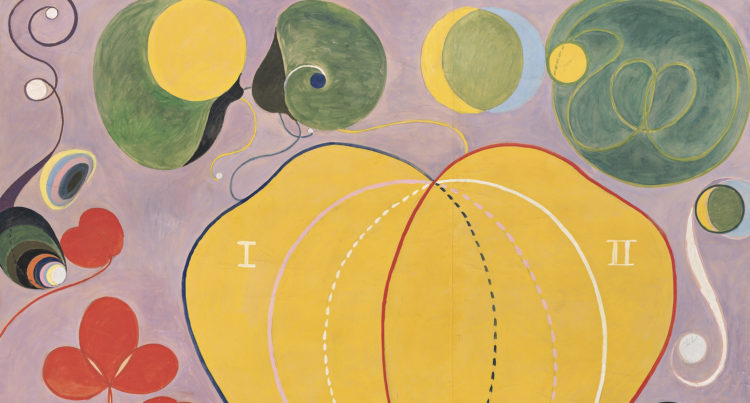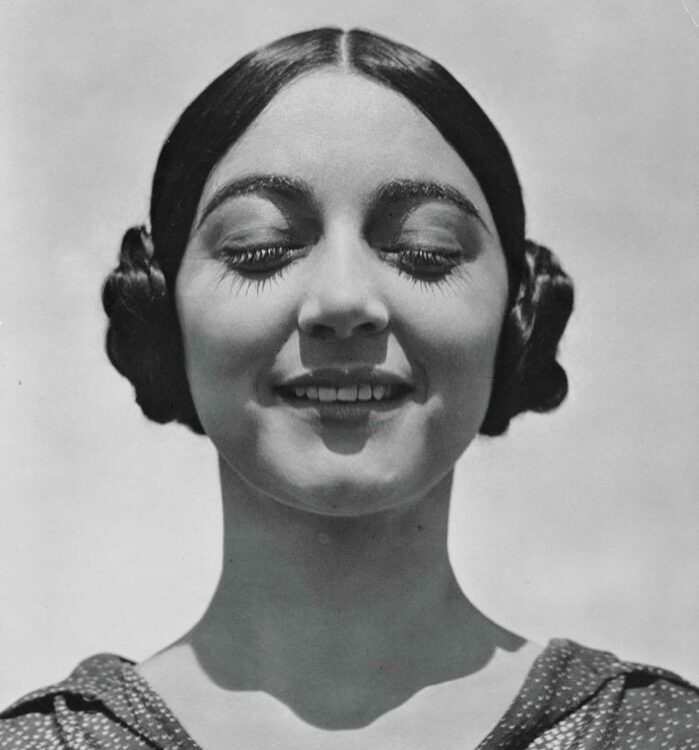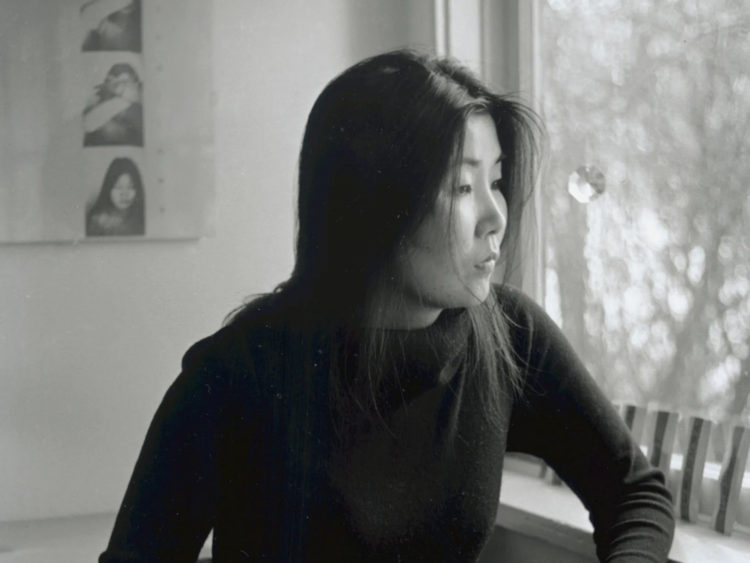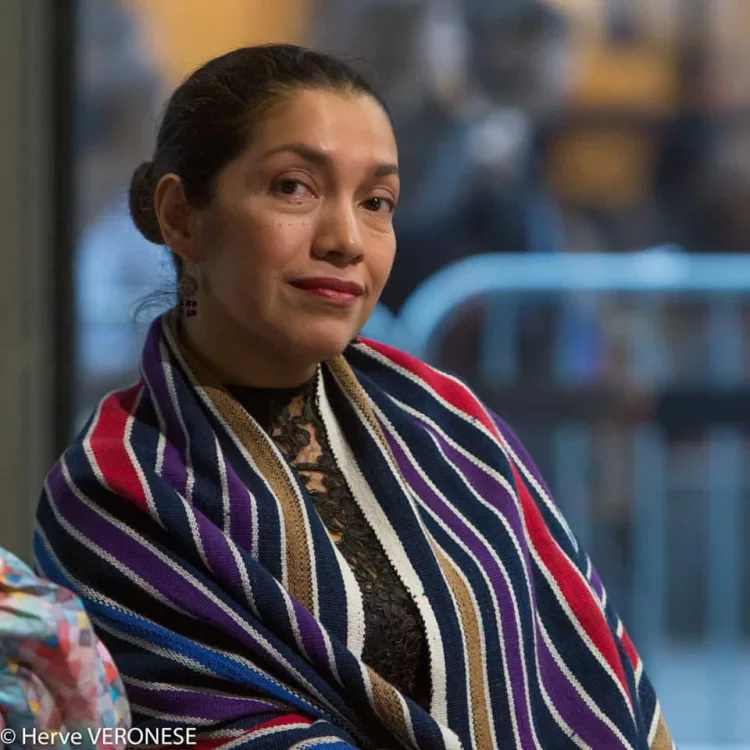Aurora Reyes Flores
Comisarenco Mirkin, Dina, Eclipse de siete lunas, mujeres muralistas en México, Mexico City, Universidad Iberoamericana, 2017
→Urbán Aguilar, Margarita, Aurora Reyes: alma de montaña, Chihuahua, Instituto Chihuahuense de la Cultura, 2010
→Comisarenco Mirkin, Dina, “Aurora Reyes’s ‘Ataque a la Maestra Rural’: The First Mural Created by a Mexican Female Artist”, Woman’s Art Journal, vol. 26, no.2, Autumn, 2005-Winter, 2006, p. 19-25
Aurora Reyes: Una vida en el arte 1908-1985, Museo de la Ciudad de México, Mexico City, March 14-May 26, 2019
→Aurora Reyes. La primera muralista mexicana, Museo de Arte de Ciudad Juárez, Ciudad Juárez, March 16-May 27, 2018
→Aurora Reyes: Muralista, Museo Pedro Coronel, Zacatecas, March-August, 2015
Mexican painter, muralist, poet and activist.
Aurora Reyes’s family was forced into poverty in 1913 as they fled their home following the outbreak of the Mexican Revolution (1910-1920). She began taking classes at la Escuela Preparatoria Nacional in 1921, but was quickly expelled after fighting with another student over her family’s political connections to Diego Rivera and communism. She would fearlessly defend her politics throughout her life as she continued to advocate for the rights of women, the working class and the poor in post-revolutionary Mexico.
A. Reyes studied at La Escuela Nacional de Bellas Artes where she remained until 1924. At the age of nineteen, she began teaching drawing and painting at the Secretaría de Educación Pública; she would continue teaching and organising for teacher unions for the next forty years. She had her first solo exhibition in 1925 at the Galería ARS and was involved in Mexico City’s radical political and artistic circles for decades. In 1937 she was a founding member of the avant-garde collective known as the Liga de Escritores y Artistas Revolucionarios (LEAR), a group dedicated to promoting the ideals of the Mexican Revolution and struggles of the working class through art.
A. Reyes was the first woman to receive an official mural commission from the Mexican government. This resulted in her best-known mural, Atentado a las Maestras Rurales (Attack on the rural teachers, 1936), created for the lobby of the Centro Escolar Revolución in a downtown neighbourhood of Mexico City. The government commissioned LEAR to create murals for the school, to promote its embodiment of a new form of “socialist education” in the country. For her contribution to the mural, A. Reyes responded to the recent massacre of sixteen teachers in the village of San Felipe Torres Mocha in the state of Guanajuato. During this period, rural schoolteachers, many of them women, were regularly attacked by zealous supporters of Catholic-controlled education in the country. A. Reyes’s work placed blame squarely on the Church for supporting these actions, showing one of the attackers wearing a scapular around his neck, associated with devotion to the Virgin Mary, as he violently beats a woman. In another panel she connects religious extremism with fascism, the other attacker’s arms and legs forming a swastika.
A. Reyes often placed women at the forefront of her works in ways that focused on their agency, rather than passivity. This can be seen in the easel painting, Mujer de la guerra (Woman of War, 1937), which responded to the Spanish Civil War and the artist’s support of the Republicans. Here she transformed the traditional Madonna and Child imagery of the weeping mother into an armed, wide-eyed fighter participating in the struggle for justice. She often revised available narratives of Mexican history in her large-scale mural commissions, such as Presencia del maestro en los movimientos históricos de la patria (The Presence of the Teacher in the National Historical Movements, 1962) and Primer encuentro (First Encounter, 1978), to assert women’s central place within these histories.
A notice produced as part of the TEAM international academic network: Teaching, E-learning, Agency and Mentoring
© Archives of Women Artists, Research and Exhibitions, 2022


